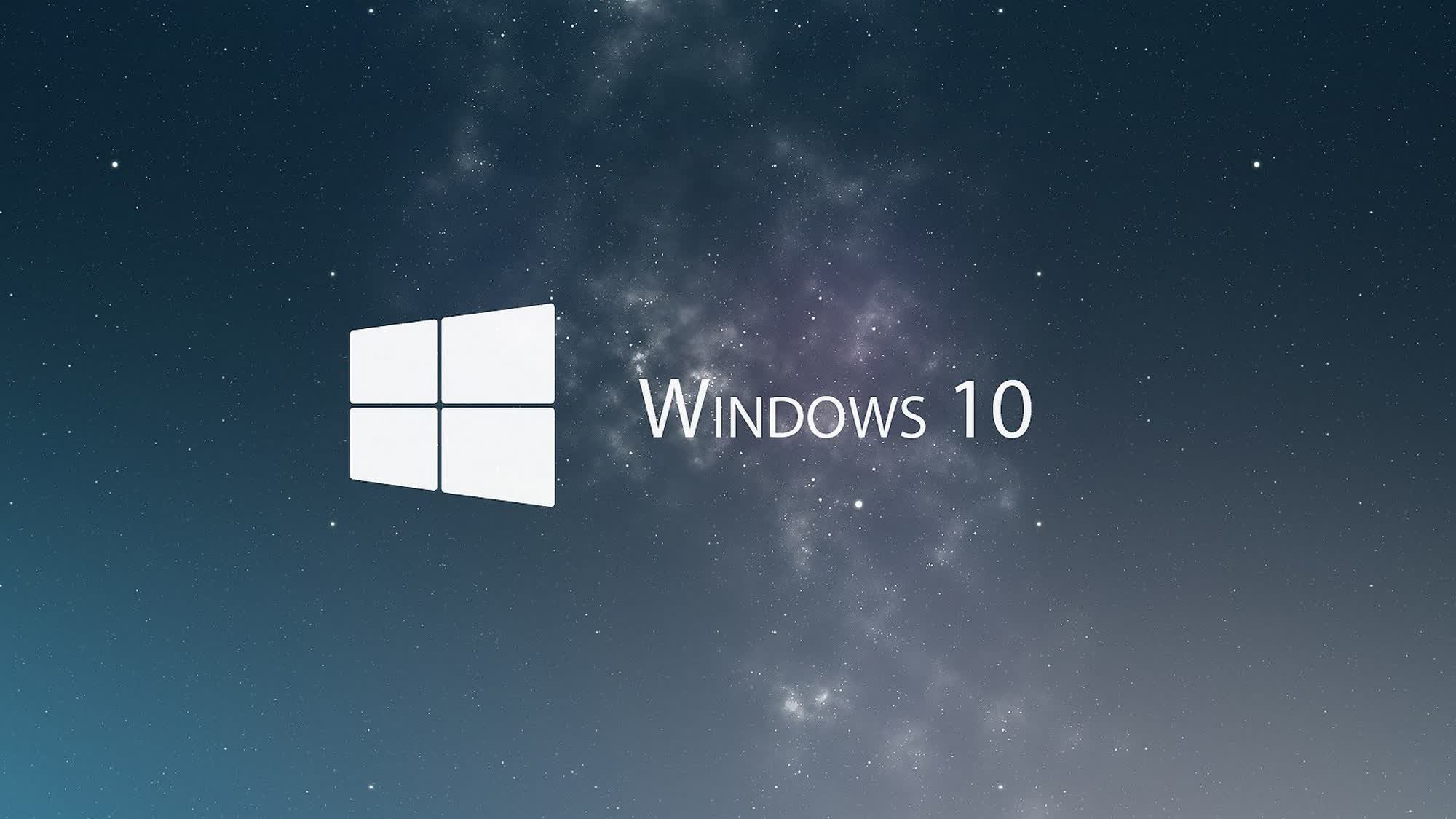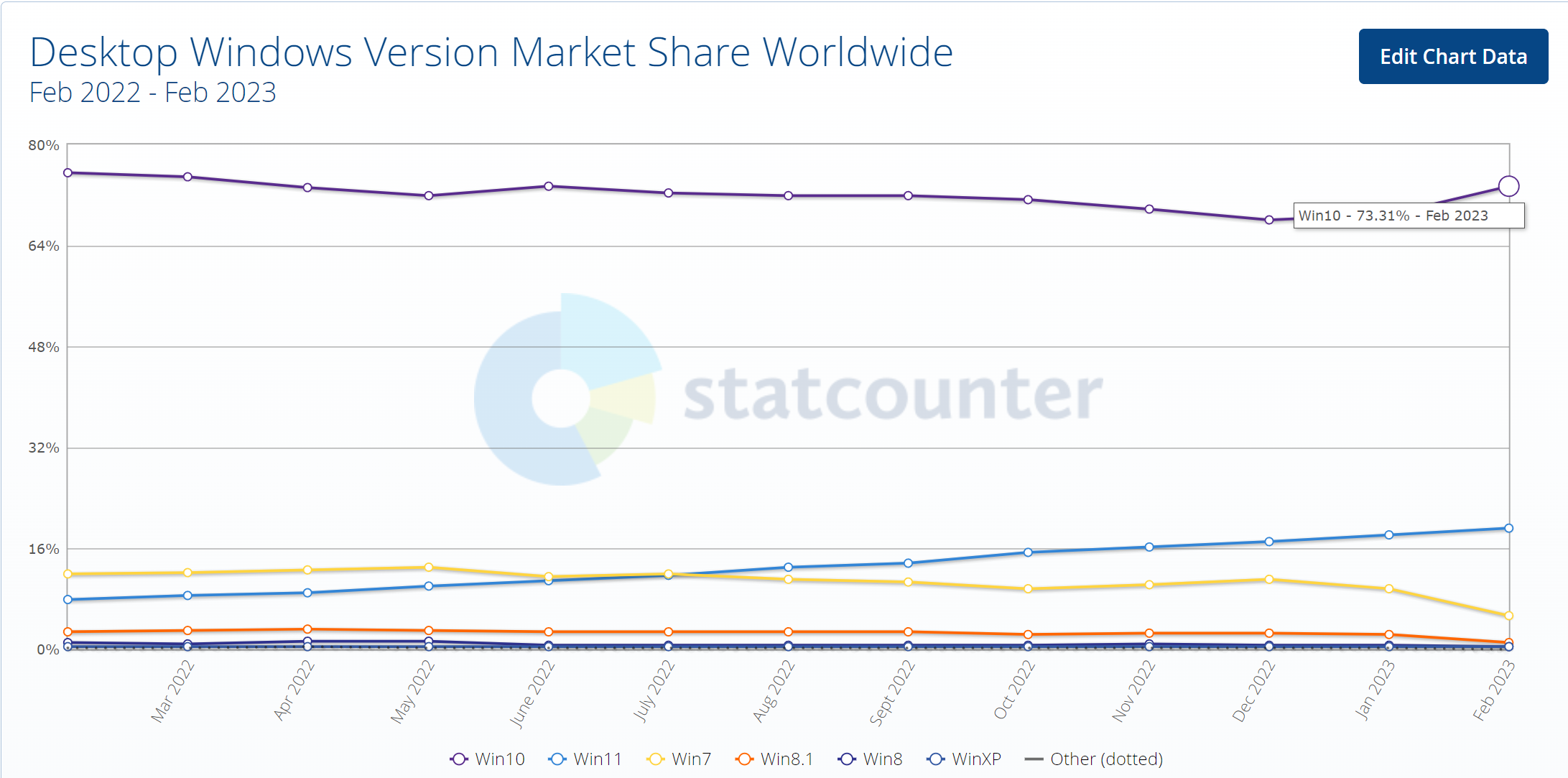In brief: We're less than one year away from Windows 10's end-of-life date. Microsoft has already revealed how much businesses will have to pay if they want to continue receiving official support after October 14, 2025. Now, the company has announced that customers will also be able to purchase Extended Security Updates (ESU) for $30 for one year, with no option to continue beyond that period.
With Windows 10, Microsoft is allowing both consumers and businesses to enroll in its ESU program. The Redmond giant revealed in April that enterprise and education customers will be able to pay $61 per device for the first year of ESUs, $122 for the second year, and $244 in the third – doubling every year.
For the first time ever, Microsoft is also introducing ESUs for personal use. It will cost users $30 to continue receiving Critical and Important security updates for Windows 10 after the October 14 date. However, consumers will only be eligible to receive a single year of these updates. Microsoft notes that new features, bug fixes, and technical support will not be included in the program.
Microsoft is likely making the ESUs available to consumers due to Windows 10's enduring popularity. It was still the most commonly used OS among Steam survey participants in September, having retaken the lead from Windows 11 with a 48.6% share. Globally, Windows 10's 61% share is around 25% higher than its predecessor, though Windows 11 has been making gains recently.
Microsoft will reveal details on how consumers can enroll in the ESU program next year, closer to Windows 10's end-of-support date.
Microsoft also wrote that Microsoft Defender Antivirus in Windows 10 would continue to get new definitions updates through at least October 2028.
Microsoft would rather people move to Windows 11 rather than paying for ESUs – the announcement post is called 'How to prepare for Windows 10 end of support by moving to Windows 11.' It goes into detail about the benefits of Windows 11 and how to check if your PC can run the latest version.
Those hardware demands are one of the big reasons why Windows 11 adoption has been slow. The OS' requirements include support for TPM 2.0 security chips, meaning it can't run on older machines. There are workarounds, of course, such as the recent Flyby11 tool that bypasses these restrictions.
In June, 0patch, a "microscopic" patching solution for Windows and other software products, announced its plan to support Windows 10 22H2, offering in-memory micropatches for at least five years.

